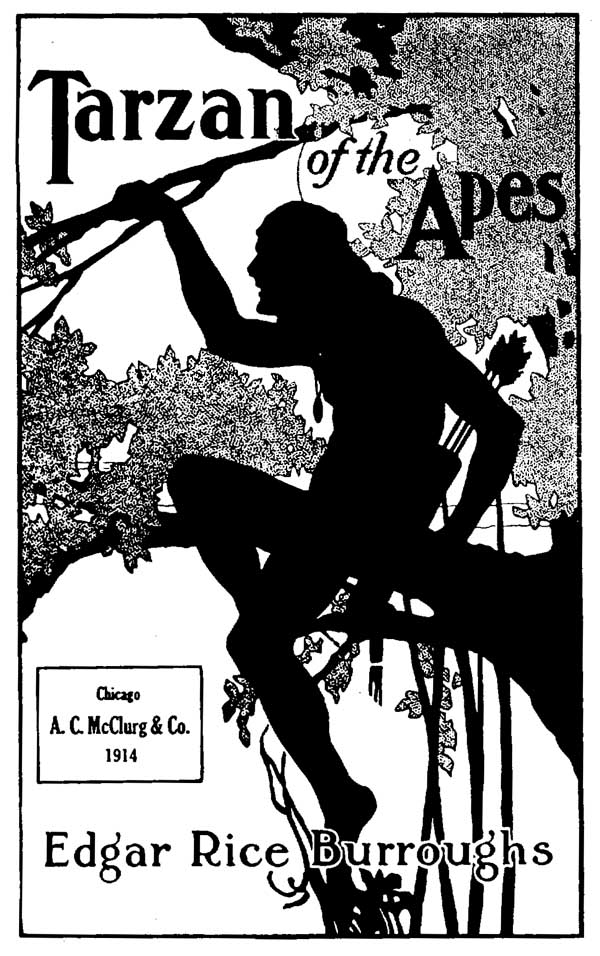A while back I started the March of Man project. The goal is to create a massive illustration of human evolution using hundreds of figures. My first attempt involved drawing them by hand on a big piece of paper. I think that lasted about a week.
My second attempt involved a rich web application, where people could submit image files according to certain specifications, and these would be incorporated into a big collage. This got a bit further, but went stagnant for a few reasons: 1) the application is a bit buggy and unwieldy (it was my first big Flex project), 2) drawing each figure still takes a while, and 3) I overestimated the amount of public interest there would be in contributing to this project. (Thanks to Steve O'Connor, though, for being the only other contributor!)
It's been a couple of years since I launched that site, and now I've started on a new method. Will it go anywhere? We'll see. It does solve some problems of the previous approaches.
This time, I'm doing it in 3D. The plan: 1) create a poseable model of an Ardipithecus ramidus female; 2) create morph targets for various other species, ages, and for males; 3) use this to create images for significant localities; 4) combine these into one vast mural.
So far I'm almost done with step #1. Here she is:
(Also posted on my sketch blog, Dragabok.)
Still have to tweak the hair a bit and make her poseable. After that, I've got my work cut out for me....
01 December 2009
The Mangani Clade
As I've mentioned earlier, the formal nomenclature for apes (including humans) is a huge mess. One person's "hominin" is another's "hominid" and my "hominine" might be your "homininan". And in this situation I honestly think the vernacular terms (adjusted in some cases to include humans) serve us better:
There is one possible vernacular term I've seen for this clade, and it comes from an unexpected source.

Tarzan is one of the most popular and enduring fictional creations of the 20th century. Everyone knows he was raised by apes—but what kind of apes? In various films they are depicted as gorilla-like (e.g., Disney's Tarzan) or chimpanzee-like (e.g., Greystoke: The Legend of Tarzan, Lord of the Apes). What were they in the novels?
The author, Edgar Rice Burroughs, never attempted to identify them scientifically. In the novels they have a primitive, guttural language, and they call themselves mangani. They are not gorillas, because they have another word for those (bolgani). Chimpanzees are never mentioned in the novels.
Interestingly, the mangani also use the word mangani for humans. For example, black people are gomangani and white people are tarmangani. So, in their own self-taxonomy, there is a group that includes themselves and humans, but excludes gorillas. Sound familiar?
The mangani can't be chimpanzees, because they are much larger (although less massive than gorillas). Like chimpanzees, they are fairly arboreal, but, unlike them, they do not use tools (apart from logs as drums, perhaps), do speak a language, and do not hunt cooperatively. Still, considering that chimpanzee behavior in the wild was virtually unknown when Burroughs was writing, and that chimpanzees were not thought to be closer to humans than to gorillas, perhaps he can be given some leeway here, since his prescience is otherwise impressive. (Especially given the recent discovery of a possible population of giant chimpanzees in the Bili Forest of the Congo.)
I'd love to learn of a good vernacular term for the human-chimpanzee crown clade, but until such a time as I do (or the formal nomenclature becomes actually useable), I like the idea of referring to humans, common chimpanzees, bonobos, Ardipithecus, "Lucy", Australopithecus, Floresian "hobbits", Homo erectus, Neandertals, etc. as "mangani".
- apes: gibbons, great apes
- gibbons (or lesser apes): Hoolock, Hylobates, Nomascus, Symphalangus
- great apes: African apes, Pongo
- African apes: Gorilla, Homo, Pan
There is one possible vernacular term I've seen for this clade, and it comes from an unexpected source.

Tarzan is one of the most popular and enduring fictional creations of the 20th century. Everyone knows he was raised by apes—but what kind of apes? In various films they are depicted as gorilla-like (e.g., Disney's Tarzan) or chimpanzee-like (e.g., Greystoke: The Legend of Tarzan, Lord of the Apes). What were they in the novels?
The author, Edgar Rice Burroughs, never attempted to identify them scientifically. In the novels they have a primitive, guttural language, and they call themselves mangani. They are not gorillas, because they have another word for those (bolgani). Chimpanzees are never mentioned in the novels.
Interestingly, the mangani also use the word mangani for humans. For example, black people are gomangani and white people are tarmangani. So, in their own self-taxonomy, there is a group that includes themselves and humans, but excludes gorillas. Sound familiar?
The mangani can't be chimpanzees, because they are much larger (although less massive than gorillas). Like chimpanzees, they are fairly arboreal, but, unlike them, they do not use tools (apart from logs as drums, perhaps), do speak a language, and do not hunt cooperatively. Still, considering that chimpanzee behavior in the wild was virtually unknown when Burroughs was writing, and that chimpanzees were not thought to be closer to humans than to gorillas, perhaps he can be given some leeway here, since his prescience is otherwise impressive. (Especially given the recent discovery of a possible population of giant chimpanzees in the Bili Forest of the Congo.)
I'd love to learn of a good vernacular term for the human-chimpanzee crown clade, but until such a time as I do (or the formal nomenclature becomes actually useable), I like the idea of referring to humans, common chimpanzees, bonobos, Ardipithecus, "Lucy", Australopithecus, Floresian "hobbits", Homo erectus, Neandertals, etc. as "mangani".
Labels:
anthropology,
nomenclature,
primatology,
taxonomy
Subscribe to:
Comments (Atom)
